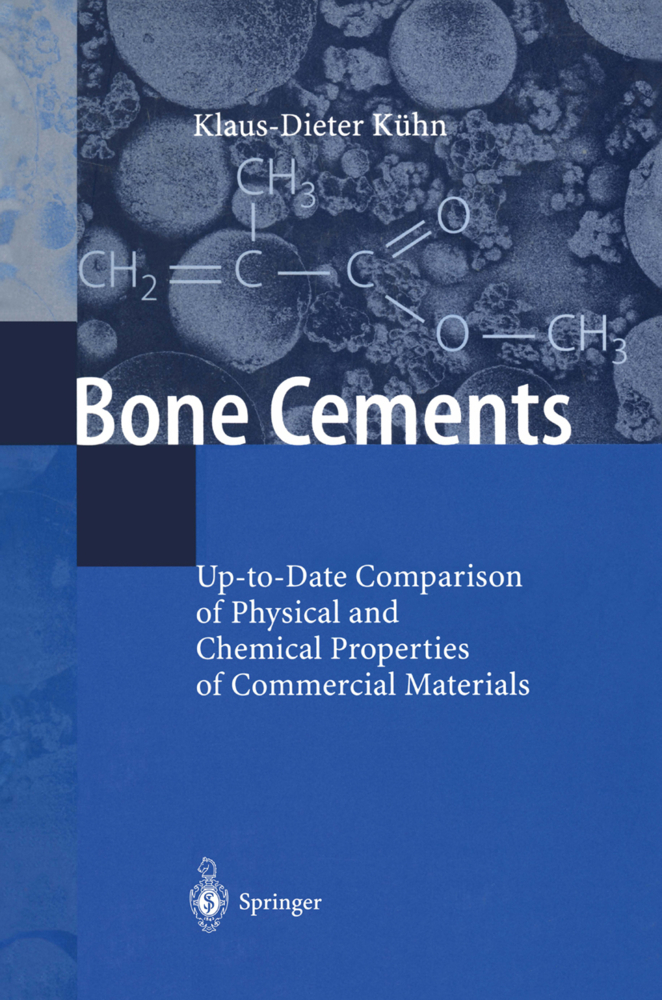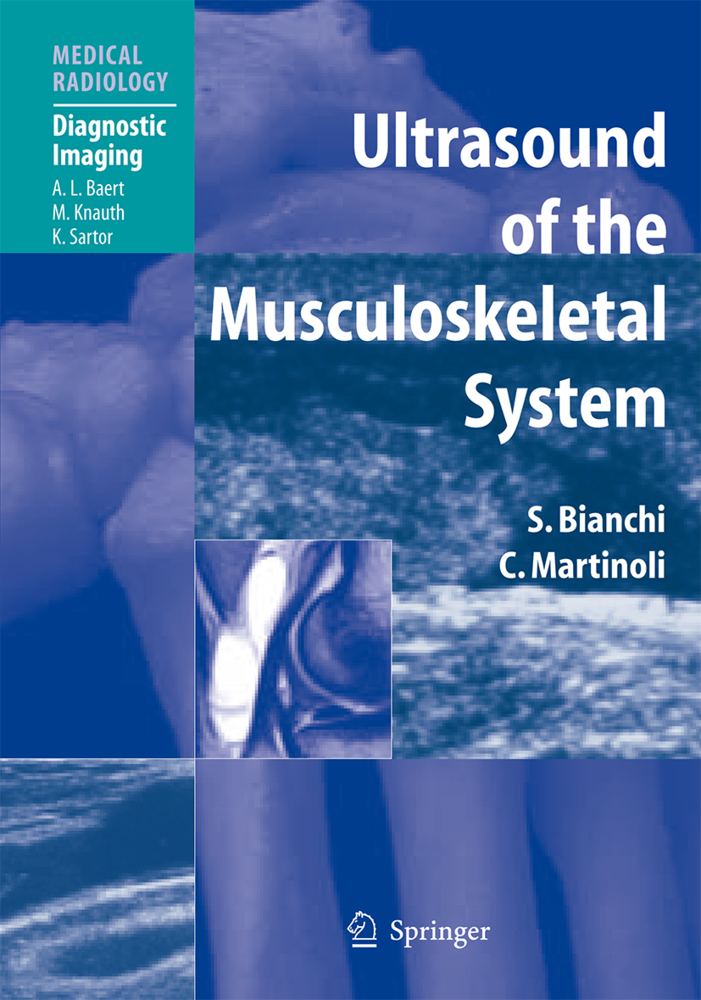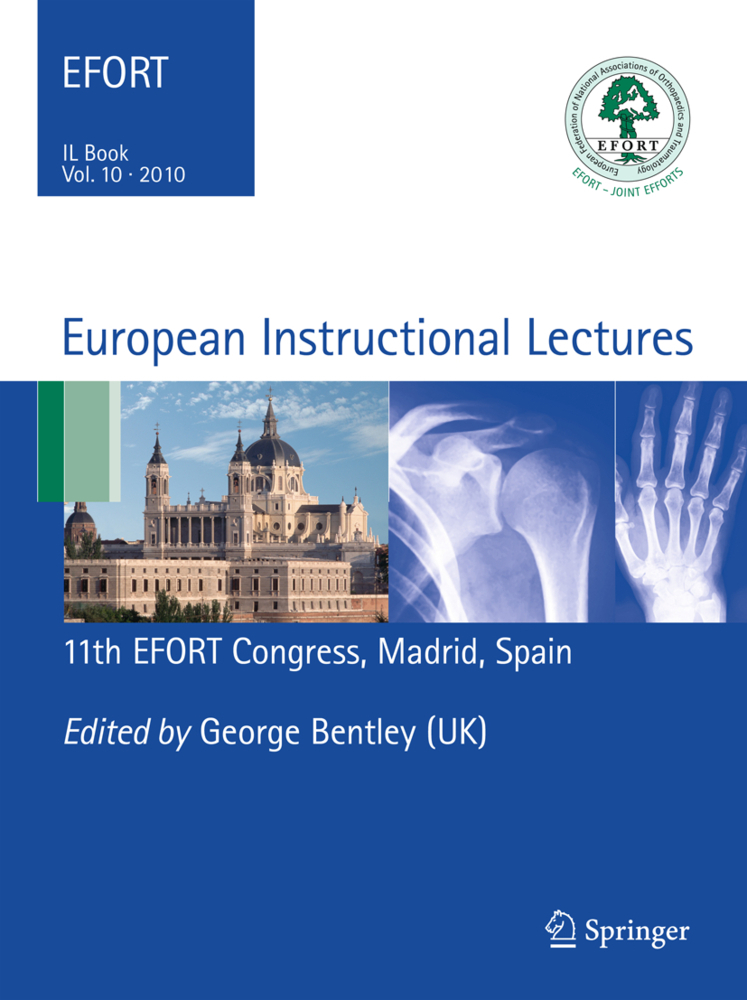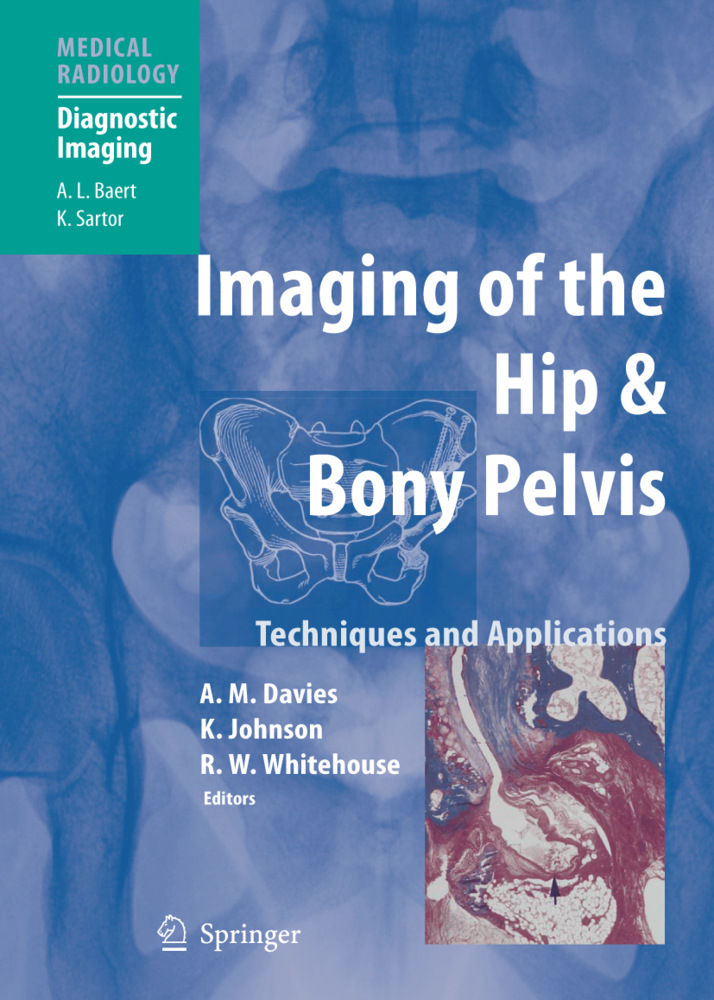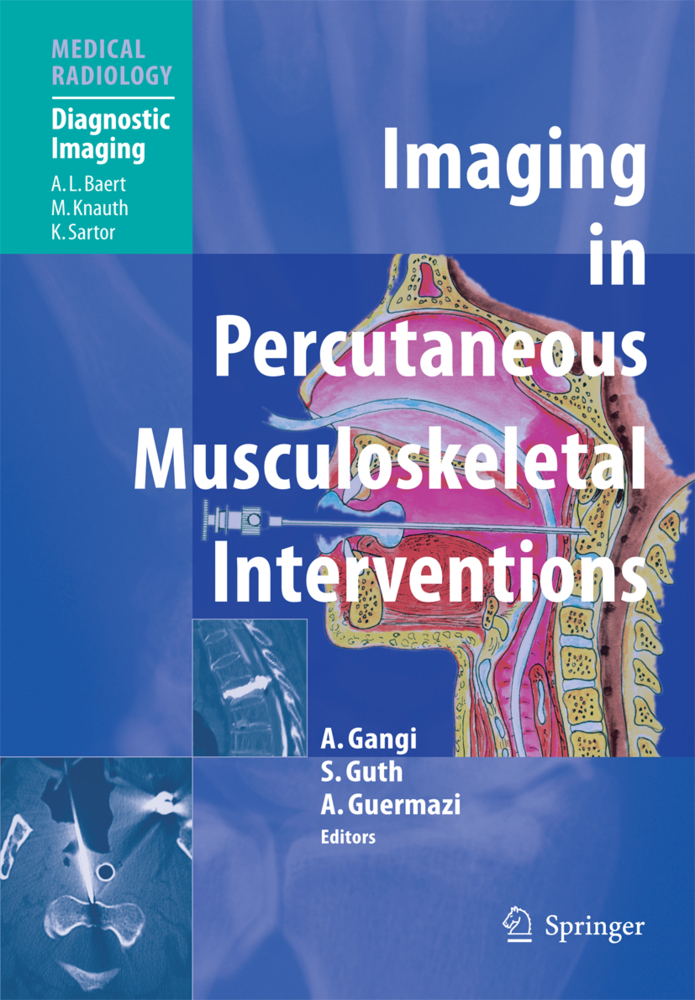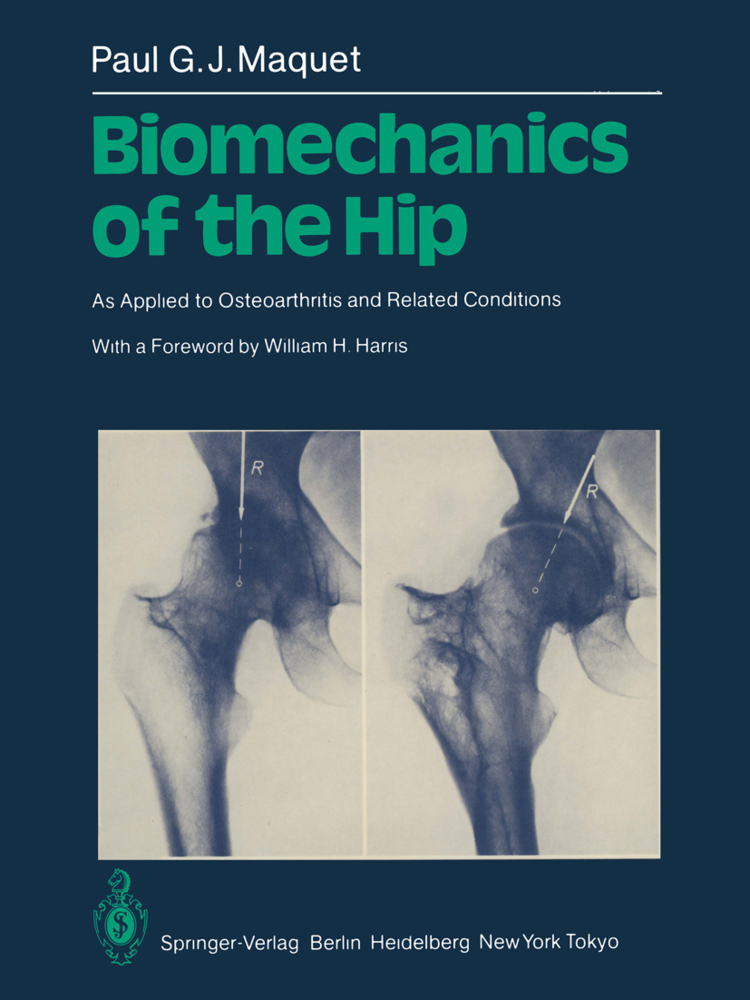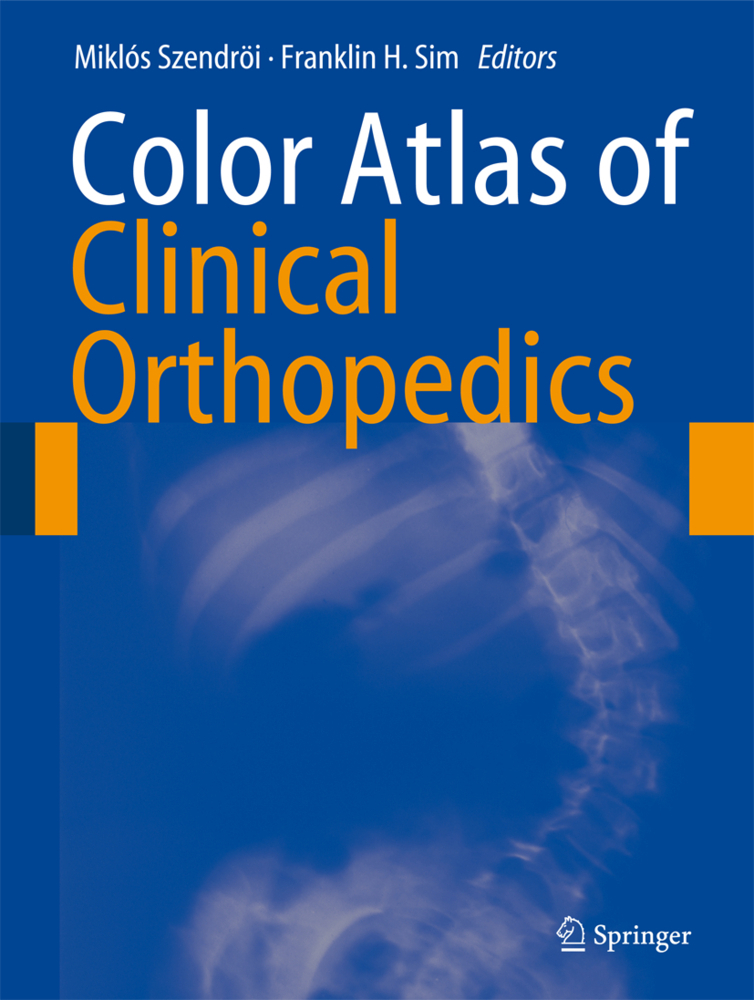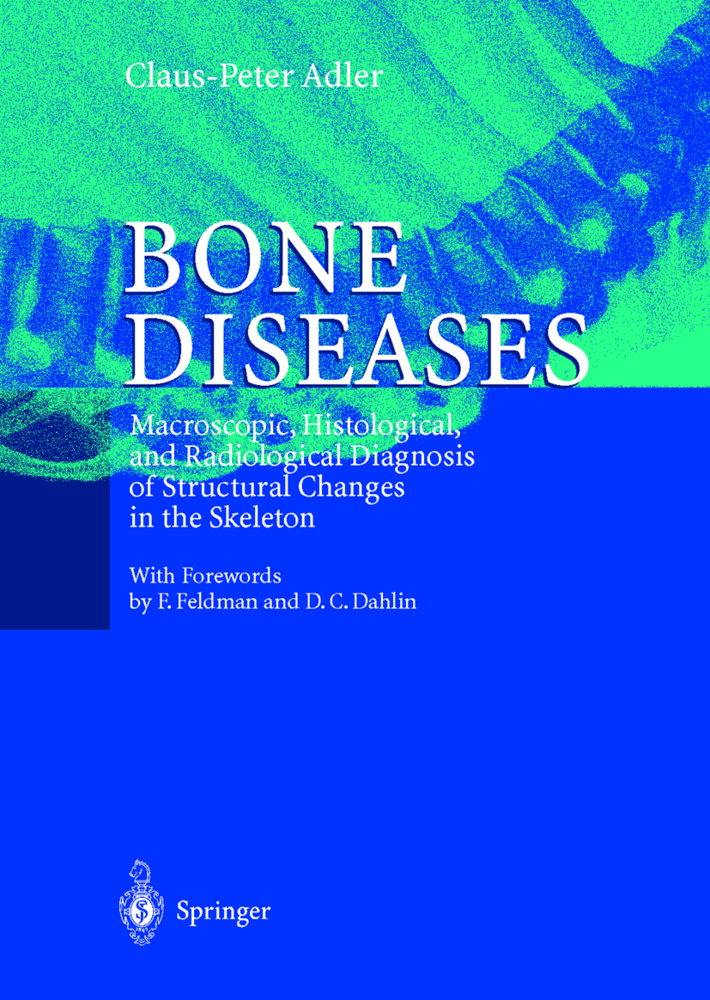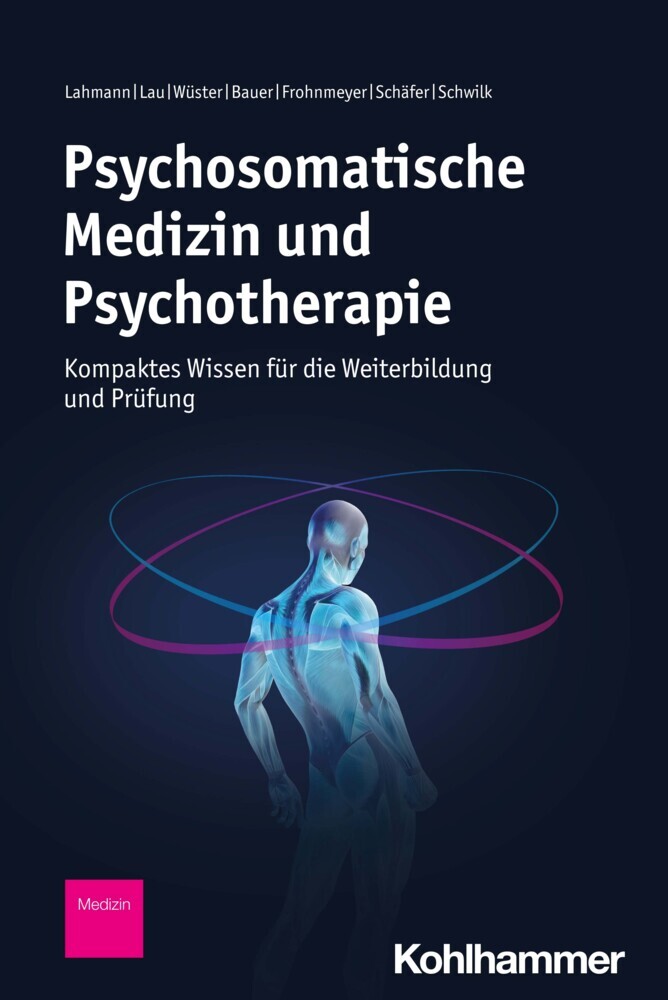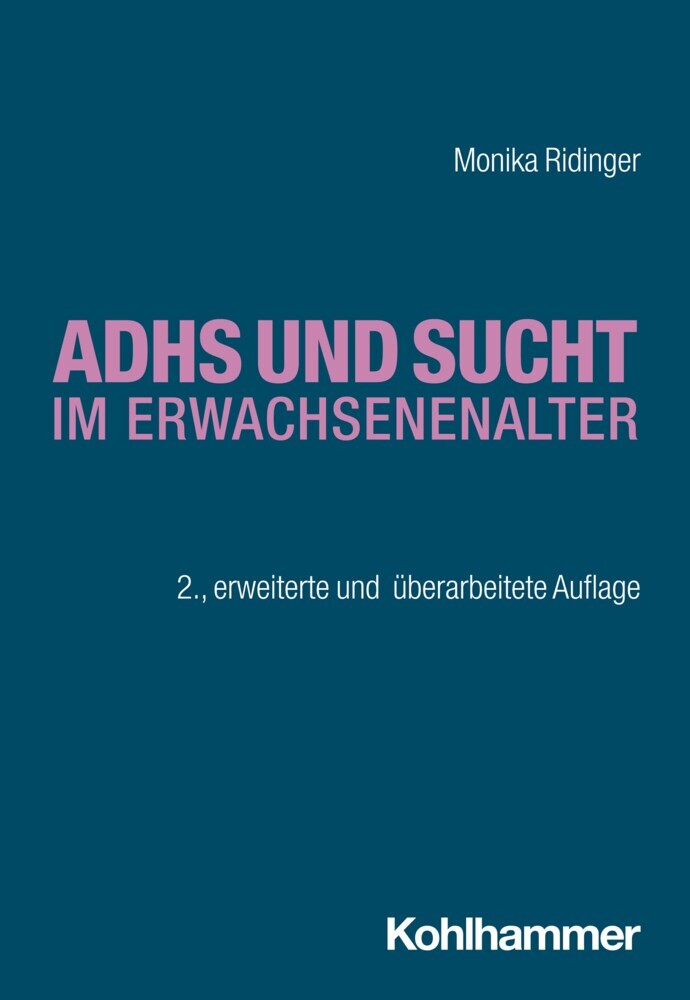Bone Cements
Up-to-Date Comparison of Physical and Chemical Properties of Commercial Materials
Bone Cements
Up-to-Date Comparison of Physical and Chemical Properties of Commercial Materials
Methyl methacrylate (MMA) is the basic component of bone cements. To use it, a dough is prepared from the liquid and powder by mixing right before application, which is normally done by the operating team. During its working phase the dough is then inserted into the tissue where polymerization is completed. Thus, the final implant polymethyl methacrylate (PMMA) is only created at the implantation site. Besides methyl methacrylate, bone cements sometimes contain other methacrylates, such as butyl methacrylate. To achieve X-ray opacity, radiopacifiers (zirconium dioxide or barium sulfate) are added to the powder. Both the liquid and powder components contain additives (initiator and activator) that launch polymerization and control the set ting when mixed together. Moreover, softener and emulsifiers are some times used. The addition of antibiotics to the powder component in order to prevent or treat infections has become especially important. Commercial bone cements differ in composition and the course of curing. Some are designed for high and others for low viscosity. The way the user handles and applies the cement always crucially influences the quality of the implant. This is why clear and comprehensive information about the cements should be available to show the user how all the relevant factors work It should also be possible together and how they depend on each other.
2.1 Material
2.2 Applied Test Methods
3 Results and Discussion
3.1 PMMAs as Bone Cements
3.2 Descriptions of the Cements
References.
1 Introduction and Scope
2 Test Material and Applied Methods2.1 Material
2.2 Applied Test Methods
3 Results and Discussion
3.1 PMMAs as Bone Cements
3.2 Descriptions of the Cements
References.
Kühn, Klaus-Dieter
| ISBN | 978-3-642-64115-2 |
|---|---|
| Artikelnummer | 9783642641152 |
| Medientyp | Buch |
| Auflage | Softcover reprint of the original 1st ed. 2000 |
| Copyrightjahr | 2011 |
| Verlag | Springer, Berlin |
| Umfang | XIV, 272 Seiten |
| Abbildungen | XIV, 272 p. |
| Sprache | Englisch |

